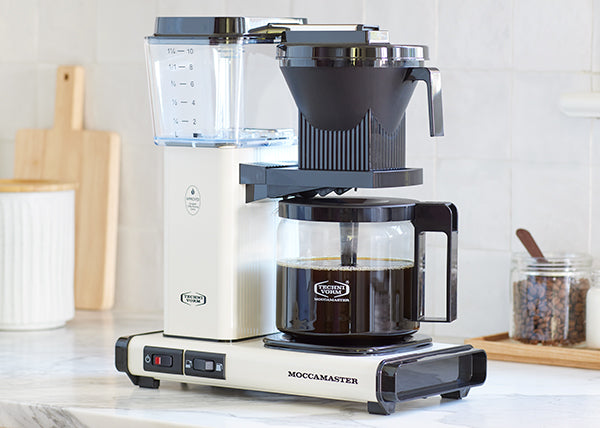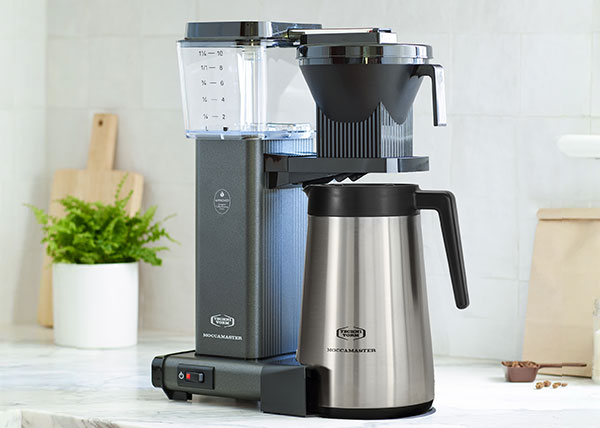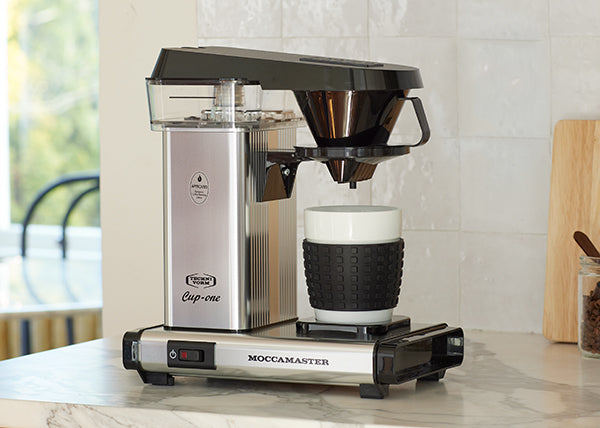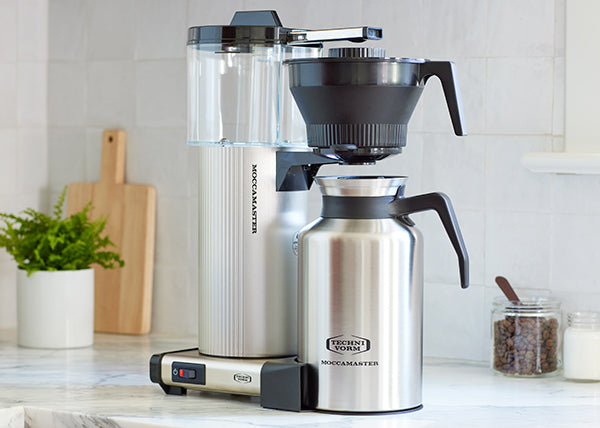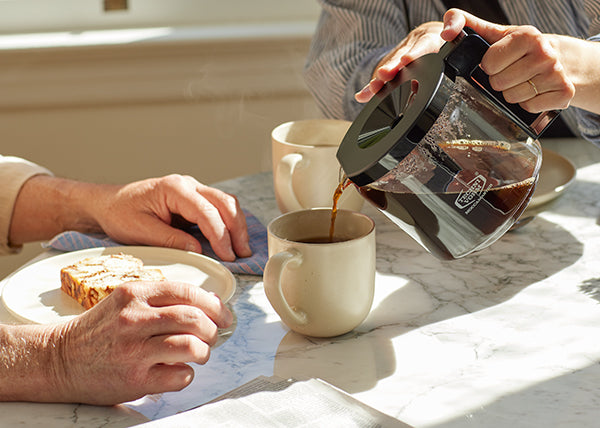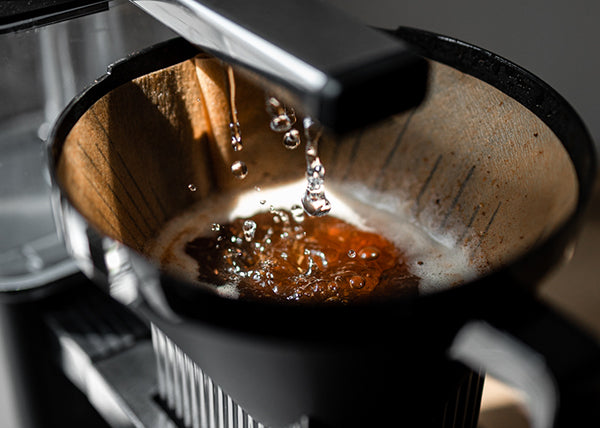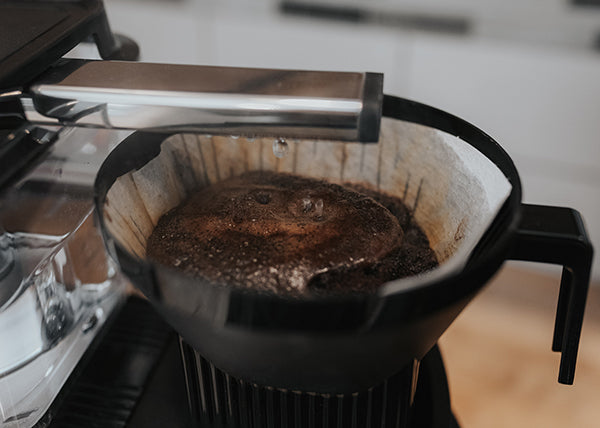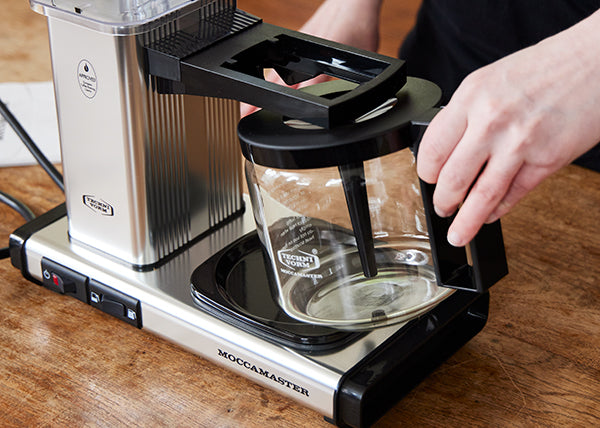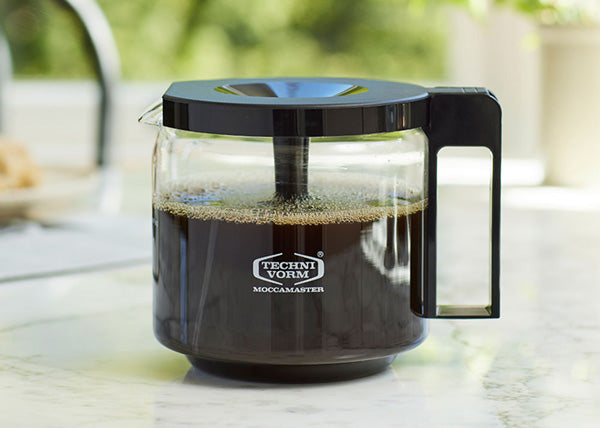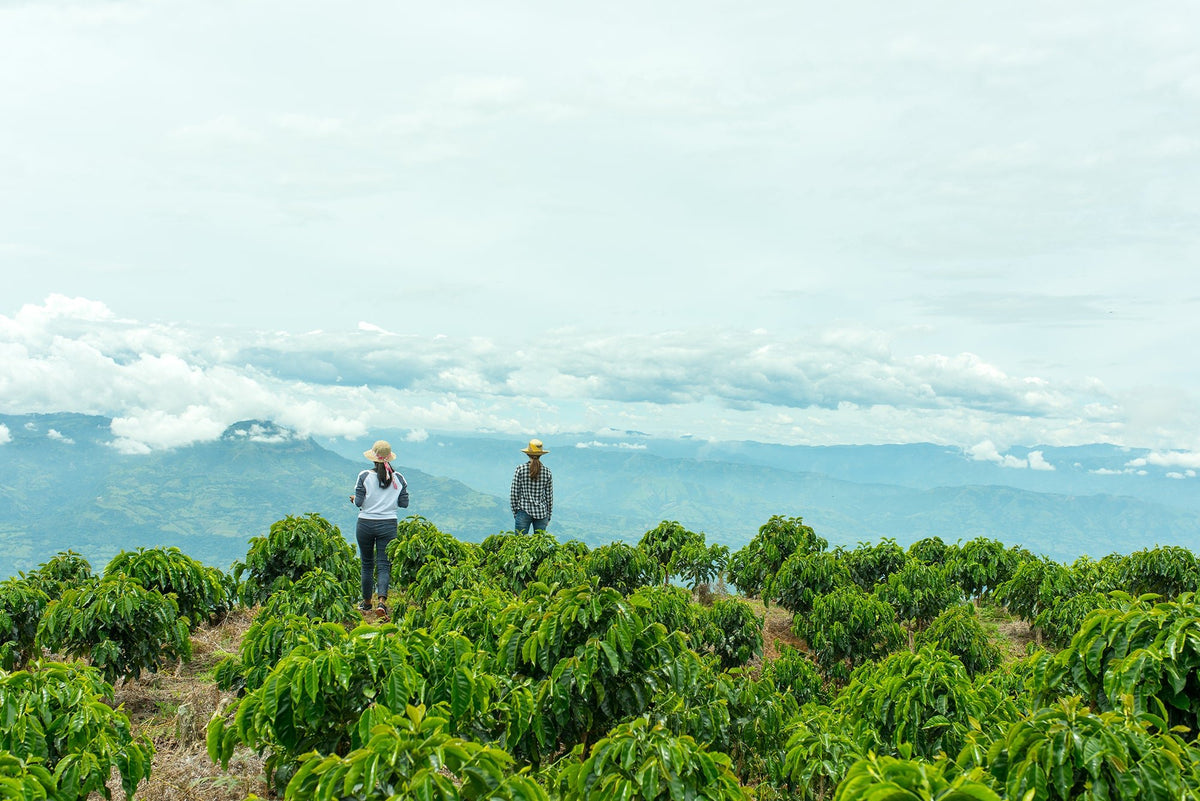South America is by far the largest coffee-producing region in the world, accounting for about half of all production, according to the International Coffee Organization (ICO).
“With its mix of high mountains and humid rainforests, South America has the perfect climate for growing coffee beans,” notes South American Backpacker.
In this great climate and geographic conditions, you can find a wide variety of coffee. Arabica beans lead the way, though you can also find some Robusta production in South America. And while some of the exports are meant for more mass market consumption, you can also find fantastic specialty beans from South America.
“From Colombia’s thriving coffee farms to Uruguay’s micro-roasters, Latin America has a diverse and constantly evolving specialty coffee scene,” notes Perfect Daily Grind.

History of Coffee in South America
As the coffee trade spread during the second half of the second millennium, coffee eventually took root in South America in the 1700s.
As legend has it, a coffee plant made its way to a botanical garden in Amsterdam via a theft in Mocha, Yemen, in 1614 by a Dutch merchant, explains the podcast Coffee Canon. Then, in 1714, a gift from the mayor of Amsterdam to King Louis XIV brought the plant into the possession of the French, which led to the plant’s expansion in the New World.
But to really understand the spread in South America, particularly with Brazil’s modern-day dominance, we have to turn to another legend.
In 1727, the Portuguese wanted to bring coffee to Brazil, but the French apparently did not want to give up their hold of coffee plants. So, a Portuguese Lieutenant Colonel named Francisco de Melo Palheta visited nearby French Guiana to help settle a land dispute, where he managed to get seedlings by way of either friendship or seduction, explains Modern Farmer.
What Does Coffee From South America Taste Like?
Coffee from South America is often described as being balanced, which perhaps contributes to why so many beans from the region get bought for mass-market purposes. Still, you can find a world of complexity from specialty coffee farms throughout the continent.
Here, we’ll take a closer look at coffee grown in some of the top coffee-producing countries in South America.
What Does Coffee From Brazil Taste Like?
If you’re a coffee drinker, odds are you’ve had some Brazilian beans at some point. You might see coffee descriptors like smooth, nutty, or chocolatey used for Brazilian beans.
“While most of Brazil’s production would be classified as commercial or lower grades, quality in Brazil has increased in the specialty sector in the last 25 years and has become a popular choice for specialty roasters looking for value and, in some cases, very unique cup profiles,” says Scott McMartin, founder of Fundamental Coffee and head of coffee for the Mercon Coffee Group. He is also a Coffee Quality Institute Certified Q Grader.
What Does Coffee From Colombia Taste Like?
Many consumers have also enjoyed coffee beans from Colombia, whether that’s within a commercial blend or a specialty single-origin roast. Here too, you might see flavor notes like being smooth, chocolatey, or nutty.
“Colombia, also a significant South American producing country, has been synonymous with gourmet and specialty coffee for decades due in large part to emphasis on quality and the marketing efforts of the Colombian Coffee Federation. Colombia produces very special and complex coffee from multiple regions and remains a staple in the global specialty coffee market,” says McMartin.
What Does Coffee From Peru Taste Like?
Dramatic, high-elevation landscapes in Peru pave the way for excellent coffee. While not as prolific as Brazil or Colombia, Peru ranks third on the continent in terms of annual coffee production.
In addition to flavors like chocolate or nuts, you can also find Peruvian coffee that’s on the sweet side. Some have notes like plum and brown sugar, and you can also discover some floral tones.
What Does Coffee From Venezuela Taste Like?
Political and economic conditions have affected Venezuela’s standing in the global coffee trade, but the country still produces great-tasting coffee.
“The best Venezuelan coffee comes from the western region of the country, called Maracaibos, which borders Colombia. This area has a rich volcanic history, producing coffees that are rich with pleasing acidity and light sweetness,” explains The Coffee Maven. Meanwhile, coffee grown in eastern Venezuela “has a softer more tropical or Caribbean profile.”
Dive Into the Flavors of South American Coffee
Many coffee drinkers in North America regularly drink brews that come from South American beans, but you might not have fully realized the wide spectrum of flavors that come from this region.
Try changing up your morning brew with different types of beans from different countries and subregions within South America. You can use your Moccamaster to experience the real taste of coffee from this continent. While you might be used to certain blends, you might find that experimenting with different single-origin coffees from South America makes your tastebuds sing.
Read more about coffee grown in North America, and explore all the coffee growing regions.


